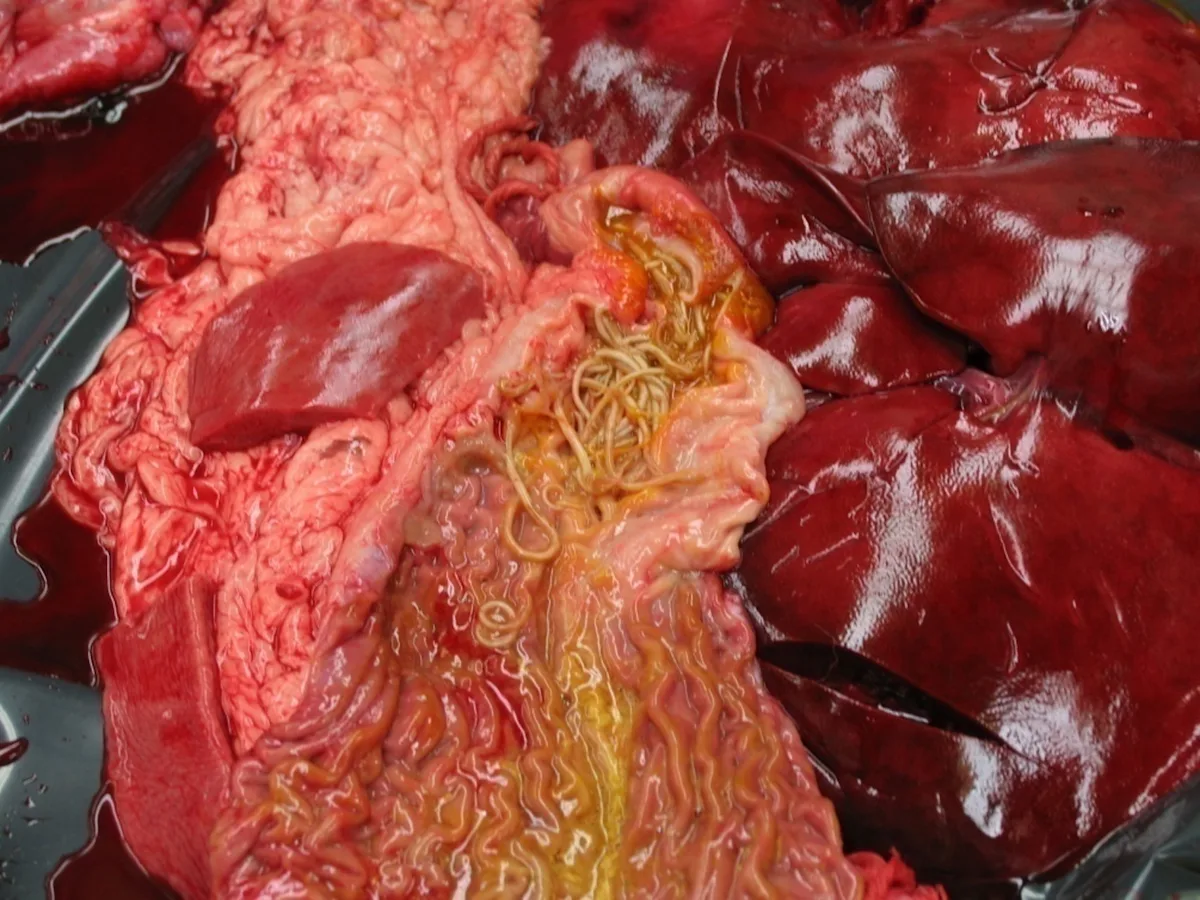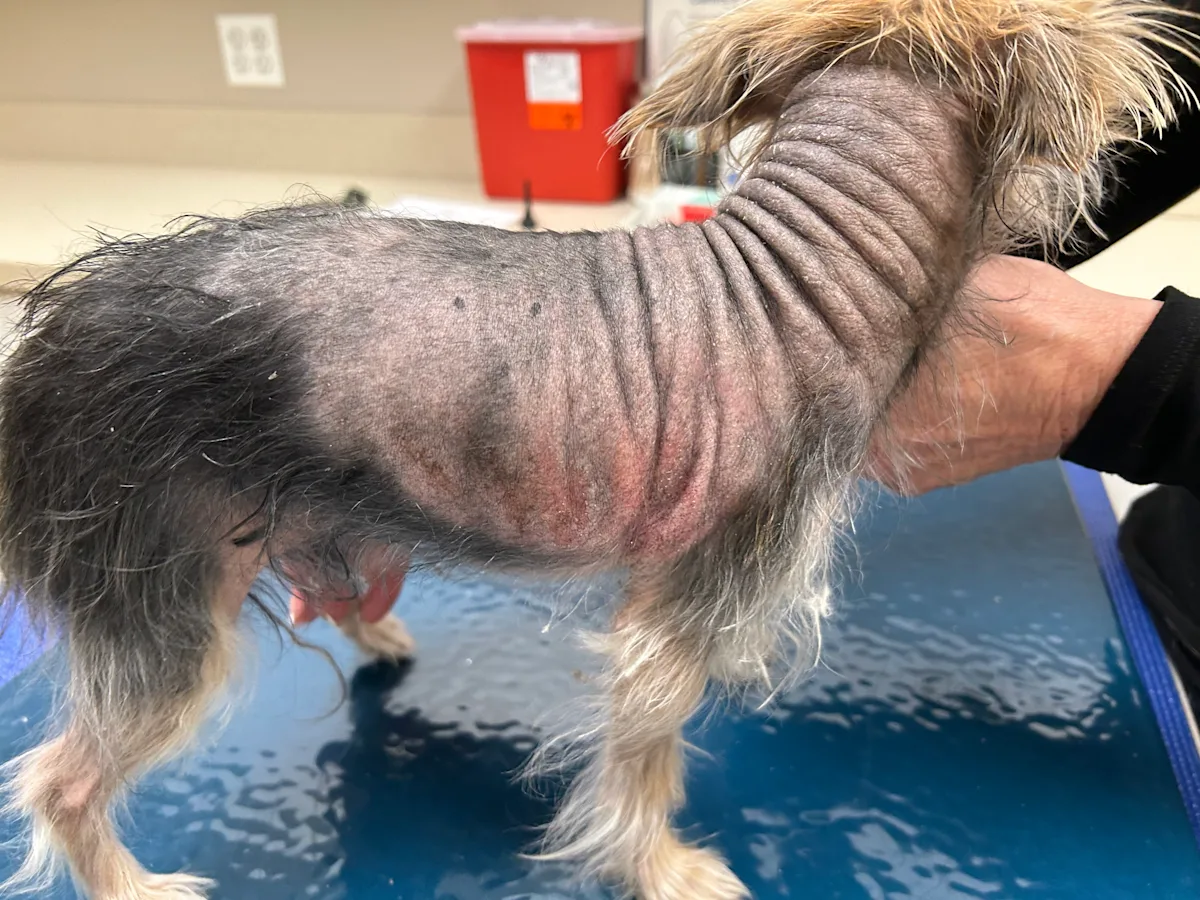Drugs & Therapeutics
Learn about the latest veterinary medications and treatment options, including dosages, side effects, and interactions, from experts in the field.
Sponsored By 

Fenbendazole remains a commonly used dewormer in small animal practice. This quick guide reviews FDA-approved indications in dogs, common extra-label uses, emerging resistance, and key safety considerations.
Topics In Drugs & Therapeutics
Featured in Drugs & Therapeutics
New in Drugs & Therapeutics
Sponsored byPRN® Pharmacal
33m:50s
Ep. 351
Sponsored byZoetis
Get more clinical guidance with Standards of Care™
From the team that brings you Clinician’s Brief, extend your knowledge with expert-written, peer-reviewed diagnostic and treatment guidance as well as pet owner education and all the reliable drug information you love in Plumb’s.




